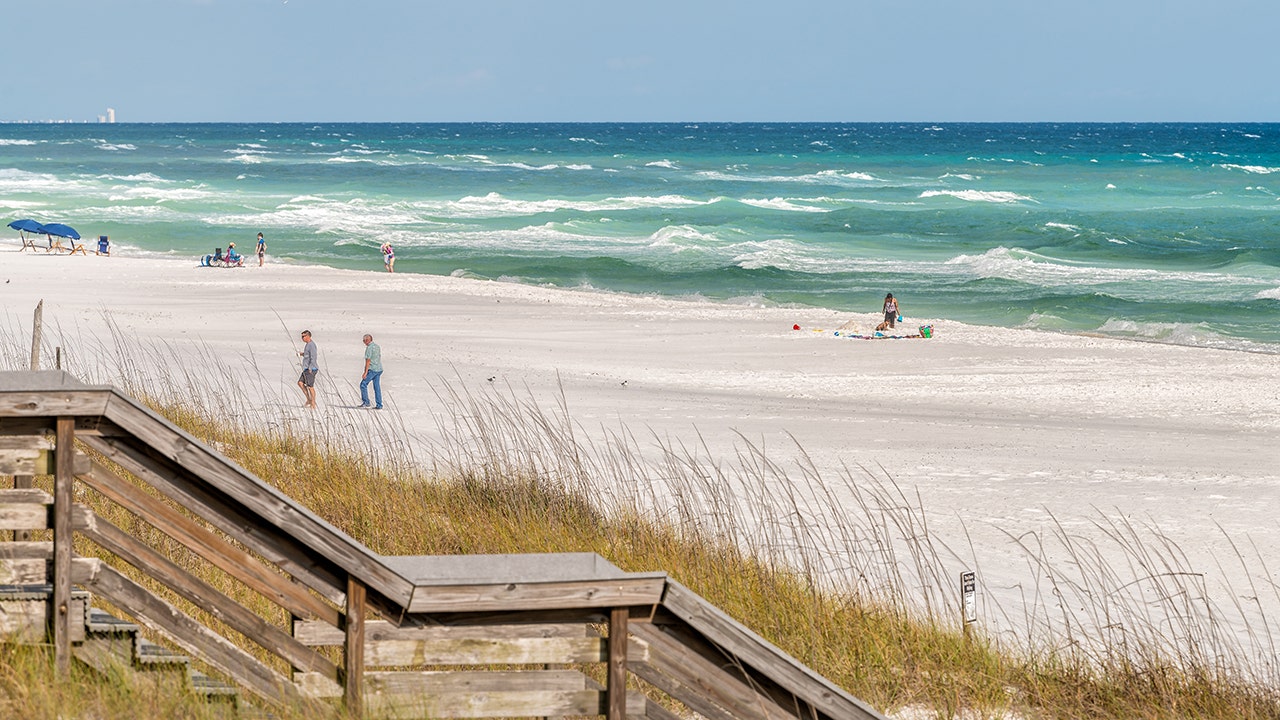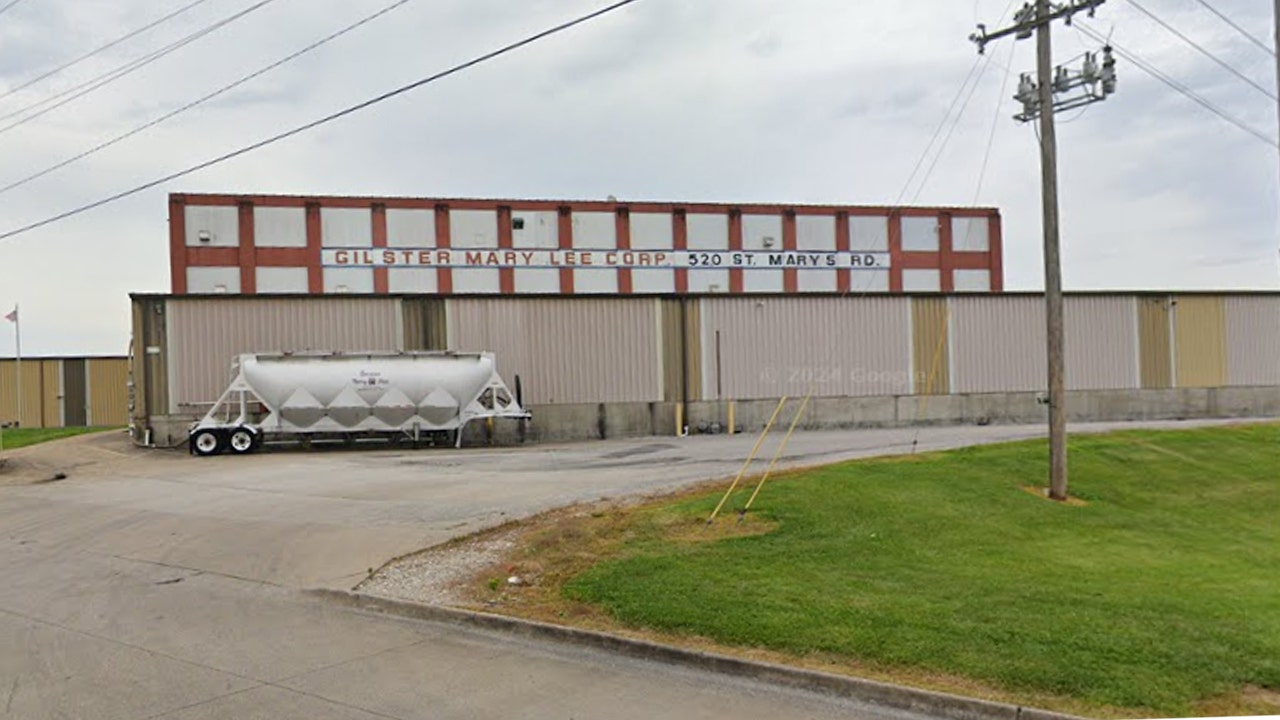Massachusetts Gov. Maura Healey took to social media Sunday evening to demand answers after ICE agents arrested a high school student heading to volleyball practice over the weekend.
The student, 18-year-old Marcelo Gomes, is a junior at Milford High School in Milford, Massachusetts.
In her post, Healey says she is “disturbed and outraged” and that she wants answers immediately explaining why the student was taken into immigration enforcement’s custody.
“I’m demanding that ICE provide immediate information about why he was arrested, where he is and how his due process is being protected,” she s.
BLUE STATE GOVERNOR SOUNDS OFF ABOUT ‘DISTURBING’ ICE OPERATIONS ON AFFLUENT LIBERAL ISLANDS
In the post she blames the Trump admin for what she describes as an attempt to create fear.
“The Trump Administration continues to create fear in our communities, and it’s making us all less safe,” her post states.
In her statement, Healey claims that the student was detained on Saturday without any warning or subsequent explanation provided to state officials.
“Yet again, local officials and law enforcement have been left in the dark with no heads up and no answers to their questions,” she said.
The community gathered to protest outside of Milford on Sunday. Hundreds demanded Gomes be set free and that ICE stop harassing members of their community.

DEM GOVERNOR BACKS ICE ARRESTING ‘CRIMINALS’ DESPITE VOWING TO USE ‘EVERY TOOL’ AGAINST TRUMP DEPORTATIONS
U.S. Rep. Jake Auchincloss, a Democrat who represents Milford in Congress, attended the protest and made note on X that Gomes was “enrolled in honors classes, a coaching assistant for girls volleyball [and] player for boys volleyball, and a member of the school band.”
“This administration has its public safety priorities backwards. It pardons cop-beaters from Jan. 6 but detains high-school volleyball players. It makes gun-purchaser background checks harder while pushing for tax breaks to buy silencers for pistols. This reckless behavior does not make the residents of Milford safer, and I stand with the community in support of law [and] order,” he wrote.

Milford School District Superintendent Kevin McIntyre says that Gomes’ detention is one of many apprehensions to take place in the southern Massachusetts community.
McIntyre says the district cannot take any role in immigration enforcement, but they will “support all of our students and families, including those who are immigrants to the United States.”
“They are members of the community, students in our classrooms, athletes that compete representing Milford, musicians, artists, friends, and neighbors. We will do everything in our power to support our students and families during these difficult times,” he said in his statement.
Sunday morning was Milford High School’s graduation and Healey says a day of celebration has now been tarnished.
“My heart goes out to the Milford community on what was supposed to be a celebratory graduation day,” she said.












